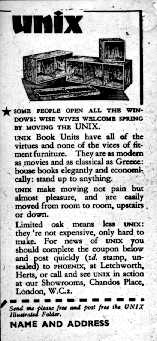

| Main index | Section 8 | Options |
The options are as follows:
| | |
| Use fill as the fill byte for newly formatted sectors. The fill argument must be a number in the range 0 through 255 using common C language notation. The default value is "0xf6". | |
| | |
| Specify the density settings for a fmt kilobyte format, as described in fdcontrol(8). | |
| | |
| Specify the density settings using explicit parameters, as described in fdcontrol(8). | |
| | Do not verify floppy after formatting. |
| | Suppress any normal output from the command, and do not ask the user for a confirmation whether to format the floppy disk at device. |
| | Do not format, verify only. |
| | Do not ask for confirmation whether to format the floppy disk but still report formatting status. |
For non-autoselecting subdevices, neither
If the
Note that fdformat does only perform low-level formatting. In order to create a file system on the medium, see the commands newfs(8) for a UFS file system, or newfs_msdos(8) for an MS-DOS (FAT) file system.
| FDFORMAT (8) | December 4, 2017 |

| Main index | Section 8 | Options |
Please direct any comments about this manual page service to Ben Bullock. Privacy policy.
